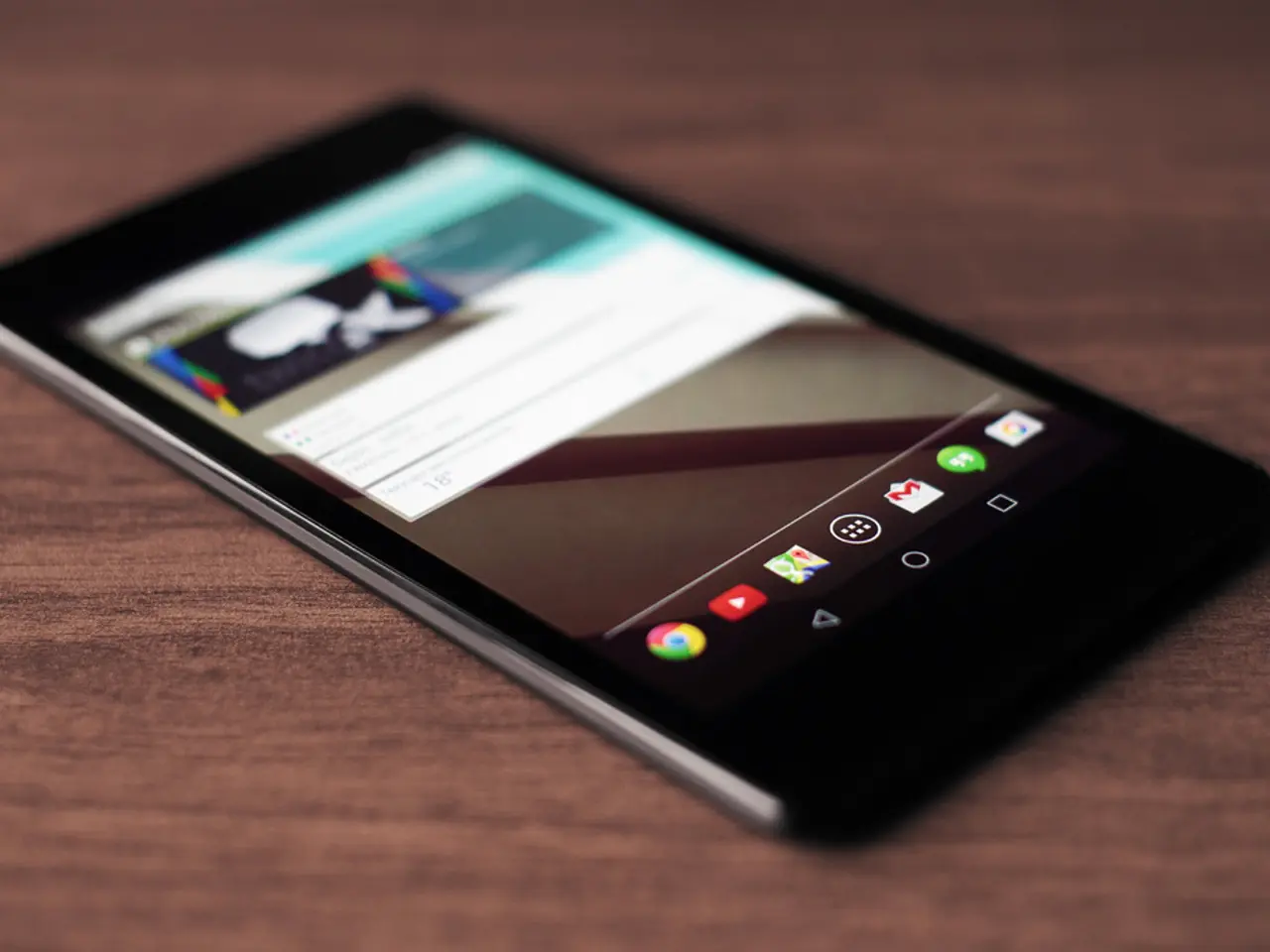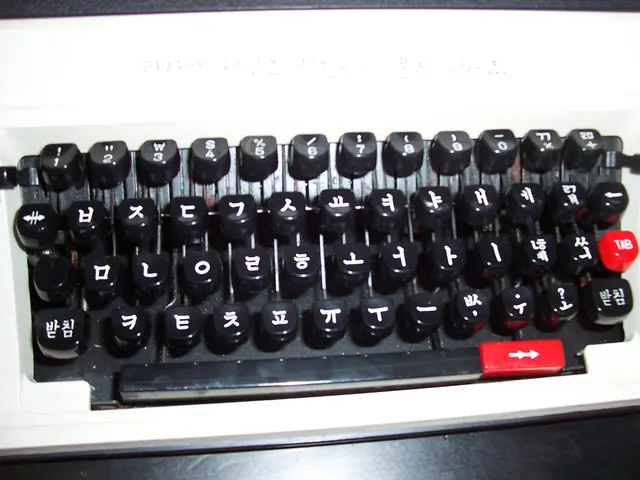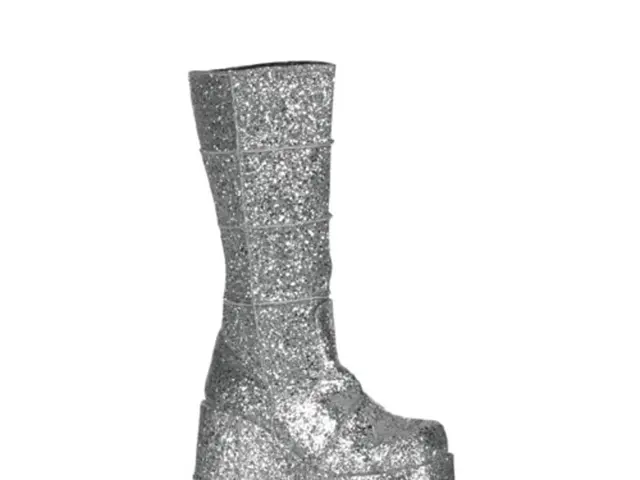Smartphone Functionality Remains Intact Even at Lower Freezing Temperatures (40°F)
In the heat of summer, it's essential to take care of your smartphone to prevent overheating and potential damage. Here are expert tips to help keep your device cool and its components in good condition.
Firstly, charging your smartphone intelligently is crucial. Use only original or certified chargers to ensure safe and stable power delivery. Avoid charging your phone in hot environments like cars or direct sunlight, and never charge on soft surfaces where airflow is blocked. Removing the phone case during charging can help disperse heat more effectively, and avoiding using your phone while charging reduces processor load and heat generation.
Secondly, managing apps and connectivity is vital. Close background apps to reduce processor activity and heat buildup. Keep apps and your phone’s software updated to fix bugs that may cause overheating. Turning on airplane mode or disabling data when you don’t need connectivity can significantly reduce energy consumption and heat.
Controlling environmental exposure is another key factor. Avoid leaving your phone in direct sunlight or poorly ventilated places such as under pillows. High screen brightness also adds to heat, so lower it during hot days. When not using the phone, keep it in a cool, shaded, and dry location.
Taking breaks during intensive use is also recommended. Activities like gaming, video streaming, navigation, and video calls heavily load your phone’s processor causing it to heat. Taking breaks or limiting such intensive use in hot weather helps prevent overheating.
Maintaining hardware cleanliness is also important. Keep charging ports clean to ensure stable connections and prevent irregular power flow that generates heat.
Avoiding drastic temperature changes is crucial. Do not try to cool down your phone rapidly by placing it in the freezer or fridge, as sudden temperature shifts can damage internal components. Instead, move the phone indoors to a cooler area and let it cool naturally.
Remember, it's not advisable to rely solely on protective functions of smartphones in hot weather. Modern smartphones often shut down or warn users in hot weather. Avoiding charging a warm smartphone, especially with fast charging, is important to prevent battery damage. Removing the device from its case if it has become very warm allows it to cool better.
By adopting these habits, you can effectively reduce your smartphone’s temperature in hot weather, thereby protecting its battery health and internal components from damage caused by excessive heat.
To ensure the longevity of your smartphone in hot weather, it's advisable to use only certified chargers for charging and avoid charging in hot environments like cars or direct sunlight. Furthermore, managing apps and connectivity by closing background apps, keeping software updated, and turning on airplane mode or disabling data when not needed can help reduce heat generation.







